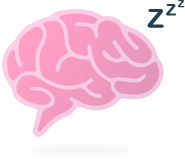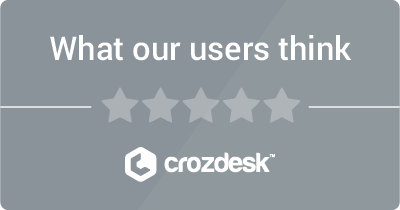Home
Salience Effect definition
The Salience Effect explores the why, when and how of which elements are “salient” for different individuals - meaning which elements we are most drawn to and will focus our attention on. This is a key aspect in recognising what leads us to distinguish certain elements from others and what information we are more likely to concentrate our cognitive efforts on and will therefore retain afterwards. Our brains struggle to give equal attention to multiple things at once and so therefore register them according to a subconscious hierarchical system whereby salient elements are given priority. The Salience Effect can come in to play for multiple reasons. It could be that a particular element is notably distinguishable from others (for example, a sudden noise in a quiet environment or something that is lit up at night time) and therefore attracts the attention of our senses. Other elements may become salient over time as we gain the habit of noticing them only at a particular moment, for example we may pay no attention to the cars passing us by in the street until the very moment we wish to cross over and then these cars suddenly become our primary focus. Equally, what we do and our personal interests will affect what we find salient so someone who works in fashion, for example, will be more likely to notice fashion-related details than someone whose primary interest is, say, music. In marketing, the objective is of course that your product, brand, or message is salient and therefore stands out from those of your competitors in order to ensure that they catch the attention of the consumer and the impact will stay with them for longer. Using contrast is one way of helping this to happen; for example, consumers are so desensitised to the classic format of TV advertising now that it’s important to focus on making yours so atypical and different that it won’t fail to catch people’s attention due to its notable differences. Whether or not an element will stand out as salient will equally depend on the moment and context as well. It is therefore just as important to be able to recognise which moments will create salient elements for your customers in order to maximise communication potential. For example, if your customer is looking for a refrigerator then the elements of your site which lead them towards information and offers on fridges will be immediately more salient to them than other unrelated links or offers. Equally, consumers will be more receptive to new salient elements once their primary reason for coming on to your site has been taken care of. Jared Spool conducted some research in 2002 studying user behaviour on a distribution website and discovered this very fact: that consumers are less likely to pay attention to elements that don’t concern them before their primary purpose has been accomplished. So if they are online looking for a fridge, then they will want to see elements leading them towards the purchase of this fridge first and will be more receptive to finding other elements salient once this is completed.

Oops, you have reached your limit of 1 free tactic per hour
To get unlimited access to our 250+ tactics,
Join our FREE mailing list
Or wait 00:59:59





